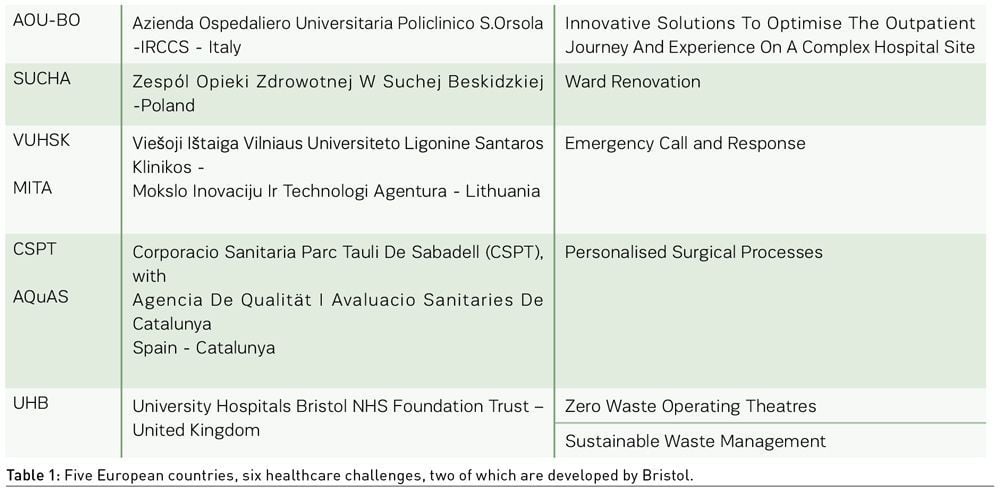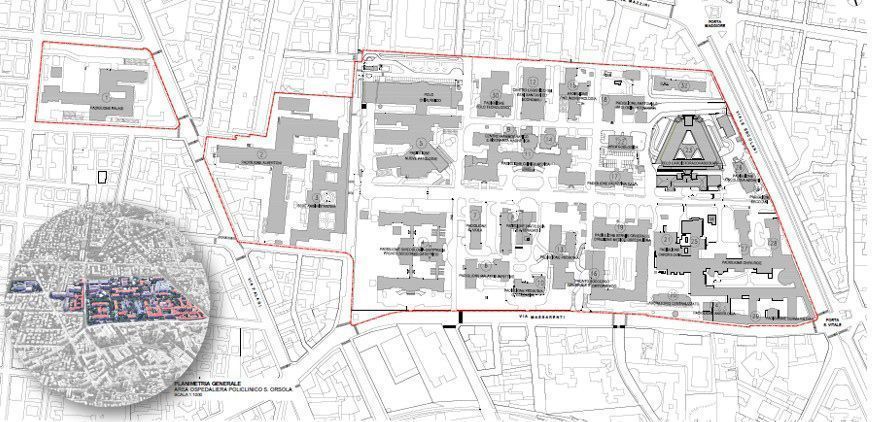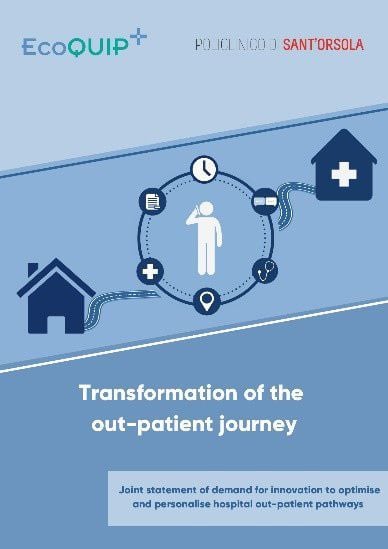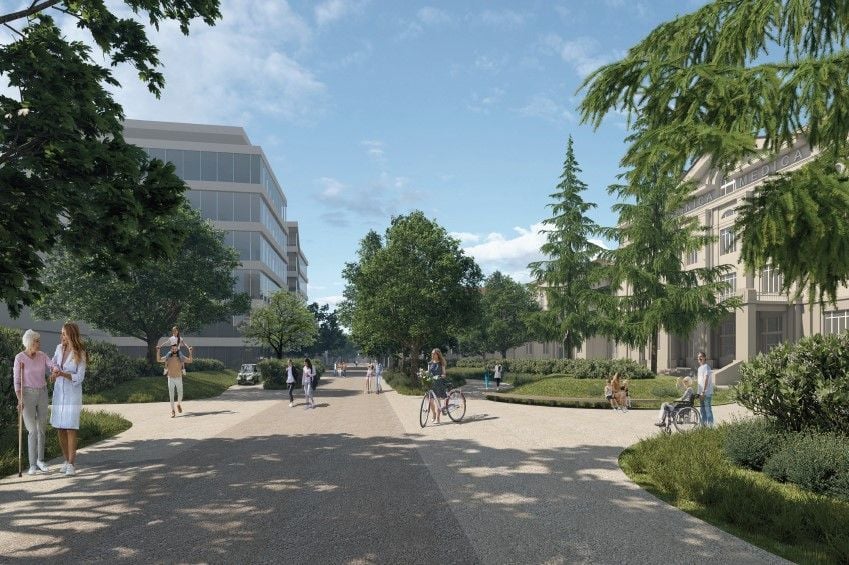HealthManagement, Volume 22 - Issue 4, 2022
Key Points
- Public Procurement of Innovation (PPI) is a procedure for public procurement that the EU requests to apply whenever the public requests a product or process not available on the market and wants to simulate the supply chain to be innovative when creating a new product.
- SMEs are small and medium enterprises, generally European, that enter the parameters of the EU with regard to the number of workers, net annual profit, etc.
- Prior Information Notice (PIN) is the document published in the official journal of the EU to alert the market about the launching of a tender.
- Market sounding is put in place after a period of informal market consultation to encourage the participation of SMEs in tenders.
The EcoQUIP+ (EQ+) project is a collaborative EU-funded project in the field of health. It follows another project, EcoQUIP, that constituted an important experience in developing and diffusing relatively new concepts and methodologies in this relevant domain. Gaynor Whyles, the scientific director of the project, stated, “Across Europe, practitioners and hospitals are facing similar challenges. By working together, we can encourage and enable innovation in the supply chain to bring forward cost-effective solutions”.
EQ+ is constituted by a consortium of eight partners: Optimat, a consulting company with experience in the management of EU projects; Jera, a research and consulting company specialised in PPI and innovation; and EHMA (European Health Management Association), a non-profit organisation that focuses on supporting health management to deliver high-quality healthcare. Five hospitals from different countries will develop the framework of EQ+ and will coordinate and be supported by the three partners mentioned above. The hospitals’ partners and their projects are:

The website gives details of each project. Every hospital’s partner has been working on different unmet needs, with the methodology, organisation, and steps following the established and tested path of PPI. The Grant Agreement, giving the dates of the official beginning and end of the “action”, marks the rhythm of milestones and deliverables. Furthermore, the consortium’s programme envisages periodic meetings to analyse crucial steps directed by Gaynor Whyles, the Jera partner, and peer reviews among project leaders.
The Project of the University Hospital of Bologna Policlinico Sant’Orsola - IRCCS
The AOU-BO (Azienda Ospedaliero-Universitaria di Bologna) is a large and complex pavilion hospital located in the heart of Bologna. The hospital complex is one of the largest in Italy, comprising 32 buildings (28 of them with a total of over 1500 beds dedicated to medical care), dating from the end of the XVI century. It occupies a large vehicle-free site of about 22 hectares (220,000 m2), with a length of 1.8 km. The site is defined by major city streets and access via 16 different entrances.
AOU-BO is a national reference hospital serving a large population across the region and beyond. In 2019, the year before the pandemic, the hospital provided 4 million specialist medical services. This equates to around 4,000-5,000 outpatients visiting the hospital complex daily.

While outpatient services are an important part of clinical care and support, the volume of outpatients moving across the site under the present system presents a challenge and puts pressure on the whole system, including security, cleaning, transport etc. This gives it a particular set of issues regarding the outpatient experience.
The patients receive their appointments by phone, mail or message. Apart from general information about public transport links and parking facilities (largely outside the hospital campus), the journey to and from the hospital is the responsibility of the patient. Patients arrive at one of the 16 entrances, and from here, they are directed to their appointments largely through signage, with maps and directions available on the AOU-BO website. Some patients have difficulty following map instructions, and for patients with disabilities or other access problems, navigation and access across the site to the correct location presents a complex challenge. This is exacerbated by the frequency of construction and maintenance work which disrupt pathways and routes that may have become familiar to regular outpatients. This work can also render signage inaccurate, as routes may become impassable or unsafe during certain periods. Hence, it was clear that there was scope for improvement and innovation.
The Decision-Making Unit (DMU), created from the beginning, with the help of internal stakeholders, invested the initial months in identifying the unmet needs and the accurate definition of the new requirements. In parallel, an inquiry was initiated to find external stakeholders, that is, hospitals that might have similar problems and who would be interested in following the project’s development. This activity resulted in the preparation of a document called Statement of Demand (SoD) which stated that the first step of clarification would be regarding the unmet need of the AOU-BO.

As stated in the web presentation, six joint statements of demand were published “to continue to reach out across our peer networks to find other healthcare organisations, practitioners and hospitals with the same, or similar, need to support a period of consultation with the supply-chain and refinement of the wider demand”.
The project will end with a tender, and each hospital will launch its quest for an innovative solution. Also, the AOU-BO, like other projects, will open a dialogue with the supply chain to further clarify the unmet needs without anticipating a potential innovative solution that should, according to the PPI methodology, come from the market.
The publishing in the European Union Official Journal of the PIN (Prior Information Notice), well known to whoever has experience with EU tenders, is not the launch of the tender but is intended as pre-notification that a tender will come out and some of its characteristics. The publication in EUOJ is evidence for the supply chain of the intentions of the promoter of the tender.
In parallel, the DMU of the Bologna Sant’Orsola hospital prepared the fundamental document called Prospectus that starts the real consultation with the potential supply chain. It is called Market Sounding Prospectus. This document and the PIN are both on the website in English and Italian. Here are the key steps:
Indicative Timeline
Market Consultation - period May-October 2022
Prior Information Notice - June 2022
Market Consultation Event - September 2022
Invitation To Tender - November 2022
Awarding Of Contract - Summer 2023
Mobilisation - Autumn 2023
The event concluding the market consultation is scheduled for 29 September and is open for registration.
Why Does the Sant’Orsola Project Deserve Attention?
The six projects of the EQ+ have good reasons to receive attention. These include:
- For the first time, the outpatient is considered the responsibility of the health management as they enter the campus and deserve attention to ensure they have a pleasant journey as a person first before being a patient.
- This is a more complex and demanding innovation for its realisation, not just buying a new piece of equipment or an innovative tool.
- An innovation that reinforces the interest of the person rather than the patient – an attitude currently promised but not effectively seen in reality.
- There is space for innovative solutions through the combination of high tech and the third sector – a part of the social economy that will have to be considered in these difficult times for Italy, but also Europe, and the world.

These and even other reasons help us conclude that at the end of this process, we will achieve positive results and enhance the hope that PPI will help deliver healthcare and social recovery by utilising the strength of innovation.
The journey of the outpatient, supported through innovative solutions as explained above, will take place on a campus that, in agreement with the city of Bologna, will look like an urban park, not a hospital area and will also be used as such.
Conflict of Interest
None. 

















